The twilight world comes alive with mysterious, soft-churring calls and silent, moth-like flights that challenge our conventional birdwatching methods. Nightjars—those cryptic, nocturnal birds with camouflage so perfect they seem to melt into bark and leaf litter—have long been among the most challenging species for even seasoned birders to observe and study. Their secretive habits, crepuscular activity patterns, and exceptional camouflage have kept much of their biology shrouded in mystery. Yet today, these very challenges are revolutionizing birdwatching practices, technological applications, and citizen science. As researchers and enthusiasts develop innovative techniques to study these elusive creatures, the entire field of ornithology is being transformed, creating ripple effects through our understanding of bird conservation, nocturnal ecology, and even how we define the practice of birdwatching itself.
The Cryptic Nature of Nightjars
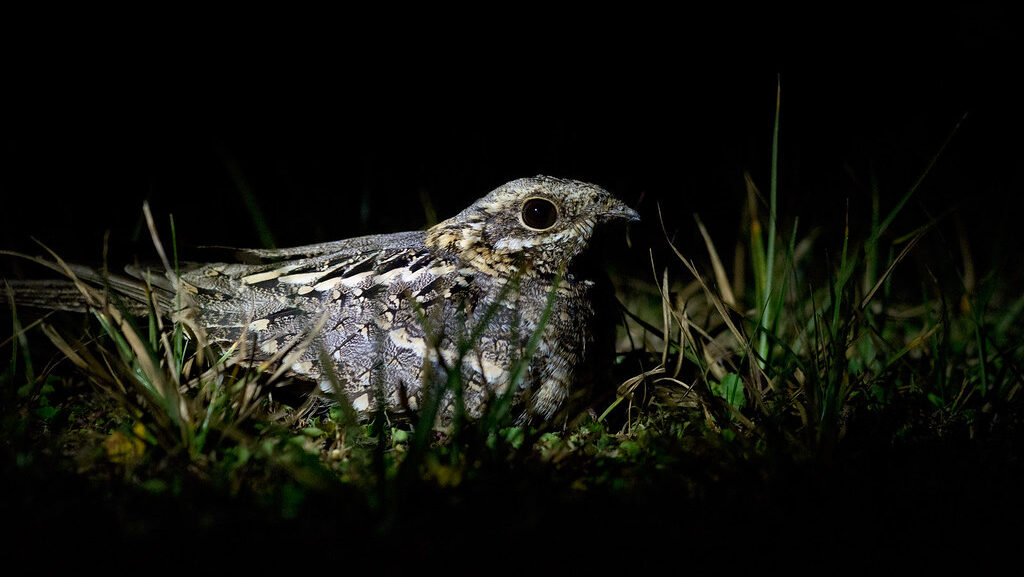
Nightjars represent one of ornithology’s greatest identification challenges, possessing physical and behavioral adaptations that render them nearly invisible during daylight hours. Their intricate plumage patterns of browns, grays, and tans perfectly mimic tree bark, fallen leaves, and soil—allowing them to disappear into their surroundings when roosting. Most species adopt a distinctive posture when resting, lying flat against branches or ground rather than perching upright like typical birds, further enhancing their camouflage. Their enormous eyes—adapted for maximum light collection in low illumination—remain nearly closed during daylight hours, appearing as mere slits that don’t catch the light or betray their position. This combination of adaptations has made traditional, visual-based birdwatching methods largely ineffective for nightjar observation and study.
From Visual to Auditory Birdwatching
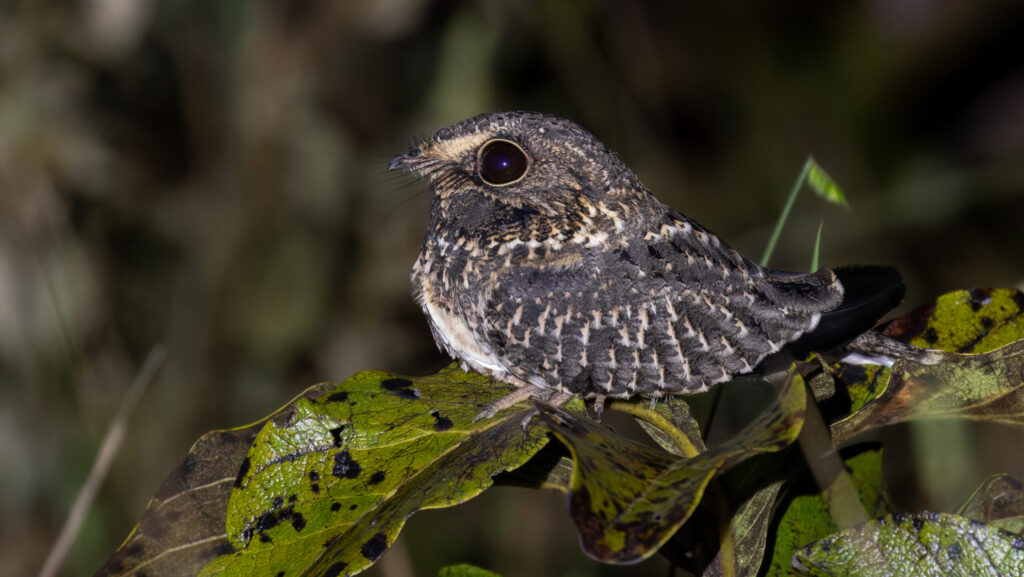
The challenge of spotting nightjars has catalyzed a fundamental shift in birdwatching practices from primarily visual identification to sophisticated auditory techniques. While traditional birdwatching relies heavily on visual field marks, colors, and behaviors, nightjar enthusiasts have developed remarkable skill in identifying the distinctive vocalizations of different species—from the mechanical “peenting” of American Woodcocks to the rhythmic “poor-will” of the bird bearing that name. Experienced birders can now distinguish minute differences in call patterns, pitch, and rhythm that separate similar-sounding species like the Eastern and Mexican Whip-poor-will. This shift toward sound-based identification has broadened the entire field of birdwatching, encouraging enthusiasts to develop auditory skills that enhance their ability to identify all birds, not just nocturnal species.
Technological Innovations Driven by Nightjar Research
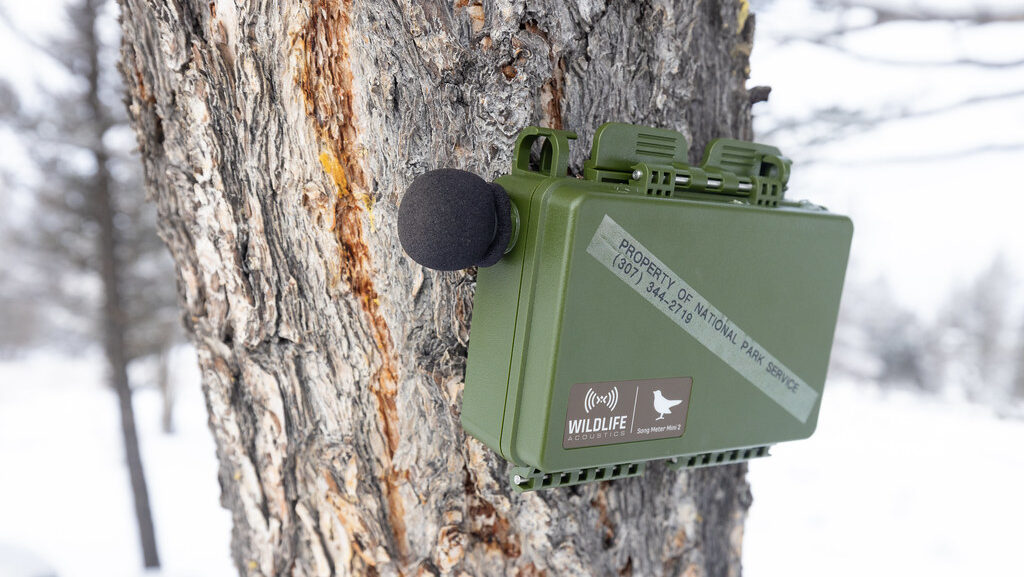
The difficulties inherent in studying nightjars have spurred remarkable technological innovations that are transforming ornithology. Acoustic monitoring devices, originally developed to record and analyze nightjar vocalizations in remote locations, now provide unprecedented insights into bird populations across habitats and species. These autonomous recording units (ARUs) can be deployed for weeks or months, capturing thousands of hours of soundscape data that artificial intelligence algorithms then scan for species-specific calls. Radio transmitters miniaturized for nightjar tracking have pushed the boundaries of what’s possible in wildlife telemetry, creating technologies now used to study songbirds weighing mere grams. Thermal imaging equipment, refined through nightjar observation, allows researchers to detect the heat signatures of birds in complete darkness, opening new frontiers in studying avian nocturnal behaviors previously hidden from science.
Citizen Science Revolution

Nightjar monitoring has democratized bird research through innovative citizen science programs that engage thousands of volunteers in meaningful scientific data collection. Projects like the U.S. Nightjar Survey Network and the European Nightjar Survey invite amateur birdwatchers to conduct standardized listening surveys along predetermined routes during specific moon phases when nightjars are most vocal. These programs have generated massive datasets impossible for professional scientists to collect alone, revealing population trends across vast geographic areas. The accessibility of nightjar surveys—requiring only the ability to identify a few distinctive calls rather than expert visual identification skills—has brought new participants into birdwatching who might otherwise have been intimidated by the learning curve. Additionally, these projects have created powerful models for other citizen science initiatives, demonstrating how carefully designed protocols can transform casual nature enthusiasts into valuable data collectors for critical conservation research.
Challenging Dawn and Dusk: The Time Shift in Birdwatching

Nightjar observation has expanded the temporal boundaries of birdwatching, transforming what was primarily a daytime activity into one that encompasses the full 24-hour cycle. Dedicated nightjar enthusiasts venture out during the “magic hours” of dawn and dusk when these birds are most active, experiencing natural soundscapes and behaviors invisible to daytime-only observers. This time shift has revealed entirely new dimensions of familiar landscapes as mammals, amphibians, and insects join nightjars in creating rich nocturnal ecological communities. Many birdwatchers report that these twilight excursions provide uniquely meditative experiences, with fewer people, deeper silence, and more focused observation than daytime outings allow. The popularity of organized “nightjar walks” offered by nature centers and bird clubs throughout nightjar breeding seasons demonstrates how these birds have created new social dimensions to birdwatching, bringing together communities to experience nature during hours traditionally overlooked.
Conservation Implications of Nightjar Studies
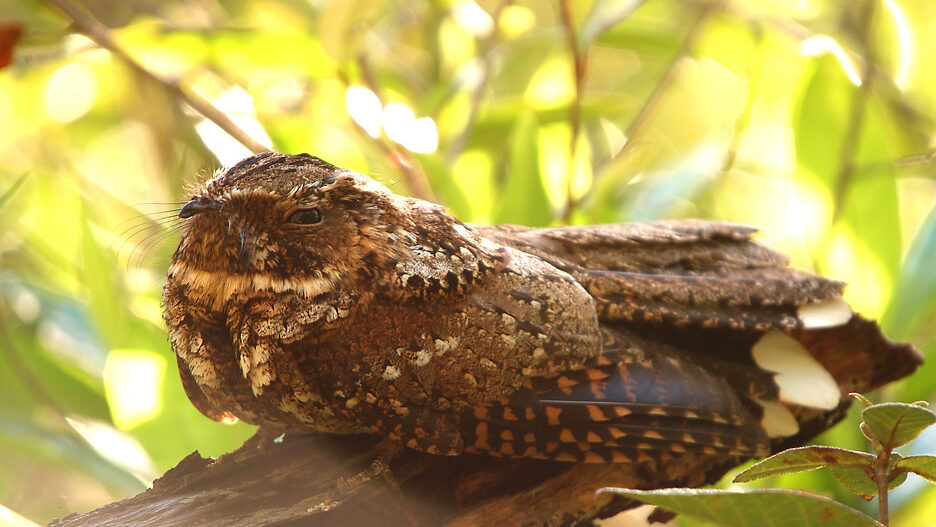
Research into nightjar populations has uncovered alarming declines that highlight broader ecological issues, making these birds important sentinels for environmental change. Long-term monitoring data show that many nightjar species have decreased by more than 50% since the 1970s, with habitat loss, pesticide use reducing insect prey, and light pollution disrupting their feeding behaviors all implicated as causes. These findings have catalyzed habitat protection efforts specifically designed to benefit nightjars, including forest management practices that maintain the open understory many species require for nesting. Conservation organizations increasingly use nightjars as flagship species to protect entire ecosystems, leveraging their mysterious appeal to generate public support for land preservation initiatives. The documented sensitivity of nightjars to light pollution has also strengthened the “dark skies” movement, encouraging communities to reduce artificial night lighting for the benefit of all nocturnal wildlife.
The Psychological Appeal of Nightjar Watching
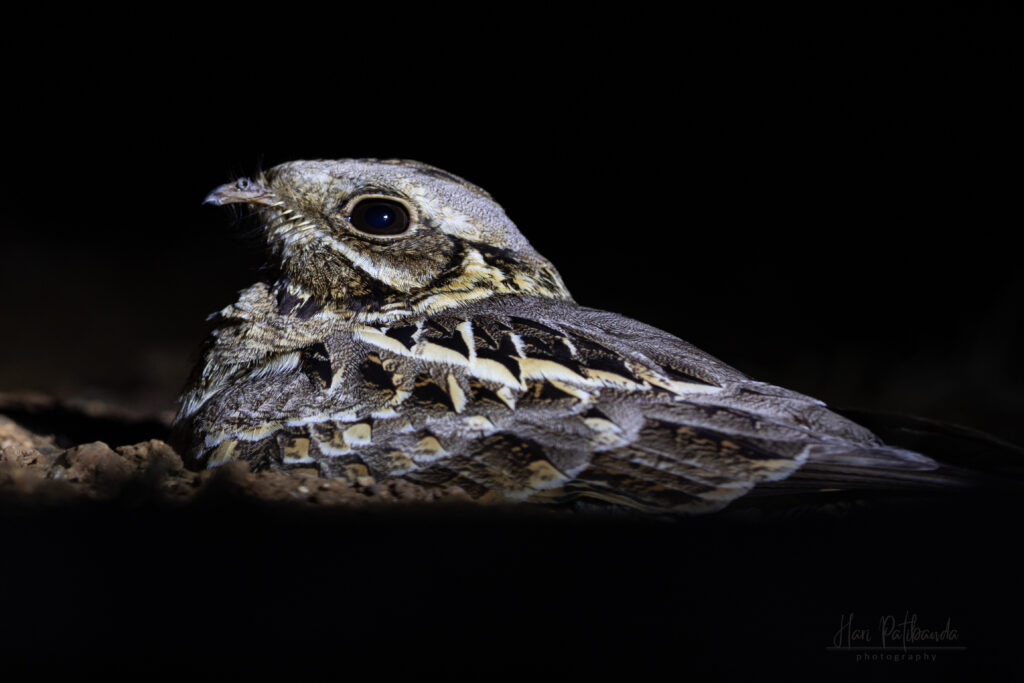
Nightjars have created a distinctive psychological dimension to birdwatching that combines mystery, challenge, and profound satisfaction in unique ways. The difficulty of finding and identifying these birds creates what psychologists call a “variable reward schedule”—one of the most powerful motivational frameworks known, where success comes unpredictably but delivers an outsized emotional reward. Birdwatchers often describe a sense of accomplishment from nightjar encounters that exceeds that of seeing more colorful or traditionally “impressive” species, precisely because of the skill and patience required. The mysterious nature of nightjars also taps into deep human fascination with the unknown and the nocturnal world, creating emotional connections that transcend typical wildlife viewing experiences. Many observers report that nightjar encounters feel particularly intimate—as if they’ve been granted access to a hidden world not meant for human eyes—creating powerful conservation motivations that extend to protecting other cryptic species.
DNA Technology and Nightjar Taxonomy
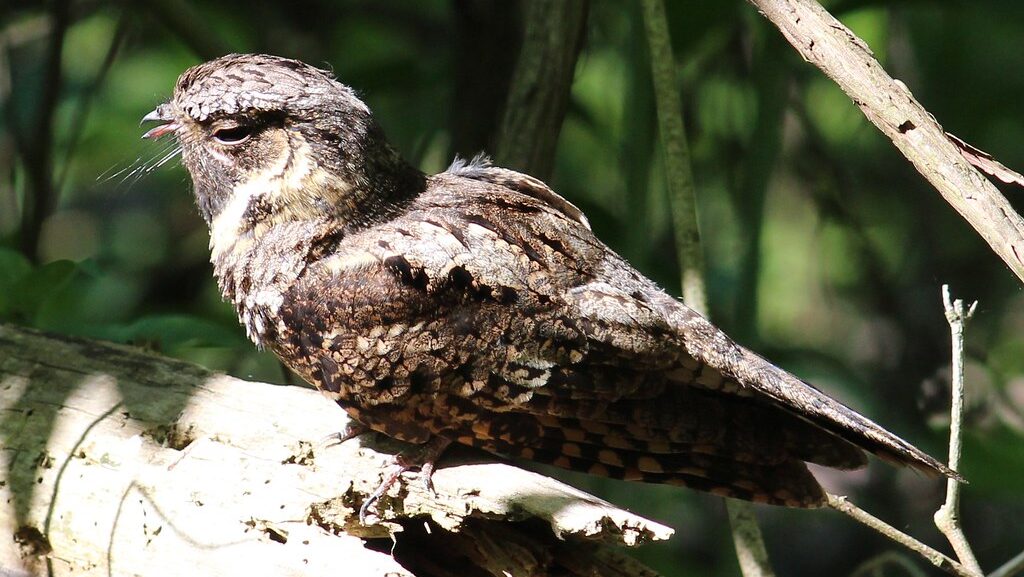
The challenge of studying physically similar nightjar species has accelerated the adoption of DNA analysis in birdwatching, fundamentally changing how we define and identify species. Traditional taxonomy based on physical characteristics repeatedly failed to distinguish cryptic nightjar species that look nearly identical but never interbreed—a problem solved definitively through genetic analysis. The Eastern Whip-poor-will was split into two distinct species (Eastern and Mexican) in 2010 based primarily on DNA evidence, despite the birds appearing virtually identical to human observers. These genetic discoveries have transformed birdwatching by creating appreciation for “invisible biodiversity”—species distinctions that exist genetically but are barely perceptible through traditional observation methods. Contemporary birders increasingly understand that what constitutes a “species” is more complex than previously thought, with nightjars serving as the perfect example of why conservation must protect genetic diversity even when it’s not visually apparent.
Global Nightjar Diversity Driving International Birdwatching
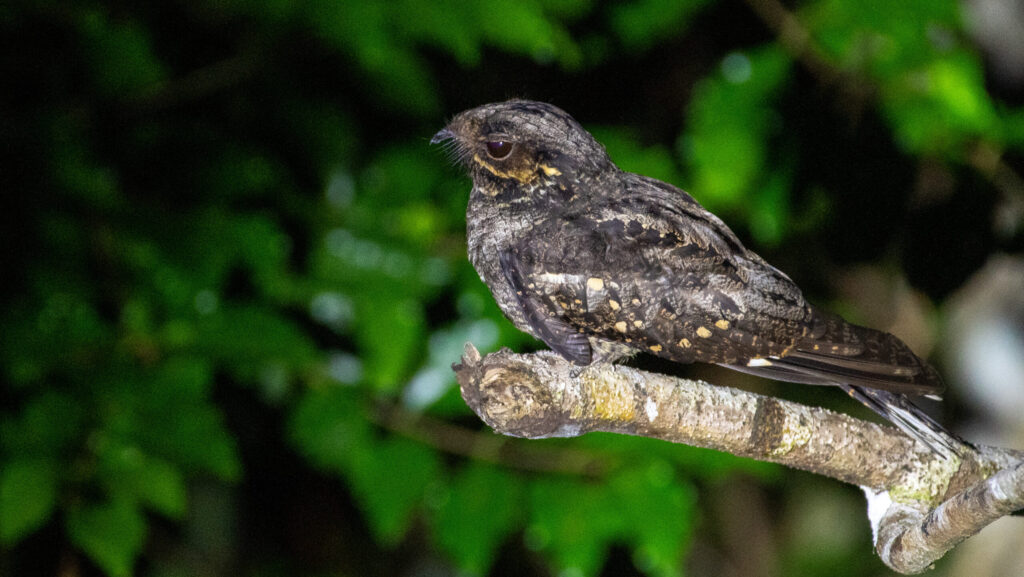
The worldwide distribution of nightjar species has created specialized birdwatching tourism focused on experiencing their remarkable diversity across continents. From the Pennant-winged Nightjar of Africa with its extraordinary breeding plumage to the Oilbird of South America that navigates cave systems through echolocation, nightjars display evolutionary adaptations that vary dramatically between regions. Tour companies now offer “nightjar specialties” in locations like Ecuador, where multiple nightjar species can be observed in a single expedition, attracting dedicated enthusiasts who travel specifically for these experiences. Local economies in key nightjar habitats increasingly benefit from this specialized ecotourism, creating economic incentives for habitat preservation in regions where conservation resources are otherwise limited. The international network of nightjar enthusiasts shares observation techniques and locations through dedicated online forums, creating global communities united by appreciation for these mysterious birds across cultural and geographic boundaries.
Nightjars in Folklore and Cultural Perspectives
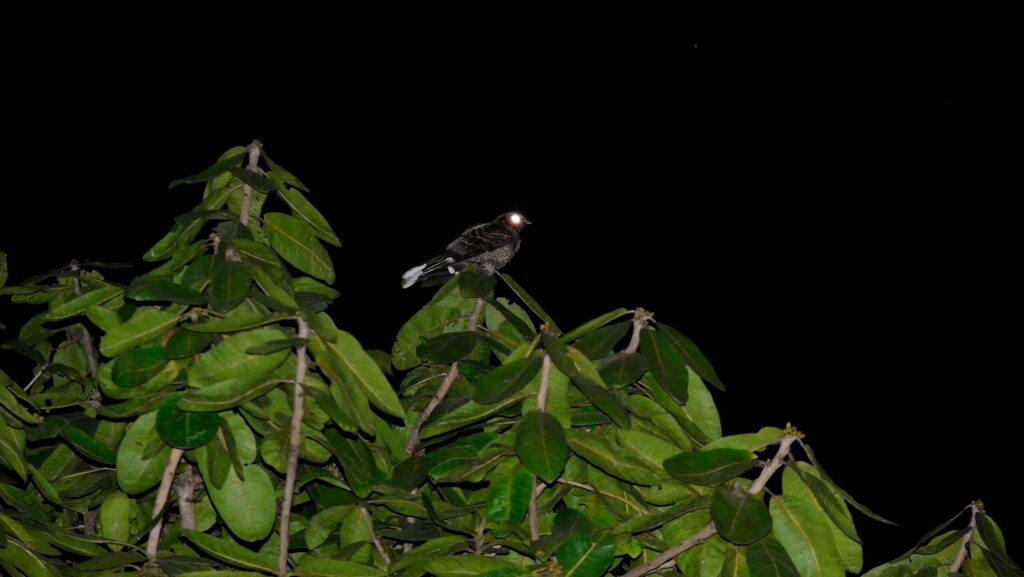
The mysterious nature of nightjars has generated rich folklore traditions that modern birdwatchers increasingly incorporate into their appreciation and understanding of these birds. Their silent flight and haunting calls have inspired supernatural interpretations across cultures—from European beliefs that nightjars steal milk from goats (hence the name “goatsucker”) to Native American traditions viewing them as spirit messengers. Contemporary birdwatching tours often include these cultural narratives alongside scientific information, creating richer, more contextual understanding of nightjars within human experience. This cultural dimension has attracted humanities scholars to nightjar observation, broadening birdwatching’s appeal beyond those primarily interested in natural science. The integration of cultural perspectives has particularly enriched indigenous-led birdwatching programs, where traditional ecological knowledge about nightjars complements scientific understanding to create more holistic conservation approaches.
Nightjars and Climate Change Research

Nightjars’ sensitivity to environmental conditions has made them valuable indicators of climate change impacts, creating new research directions in climate ornithology. Long-term studies show that many nightjar species have altered their migration timing and breeding seasons in response to changing temperatures, providing early warning signals of ecosystem disruption. Their dependence on specific insect prey makes them particularly vulnerable to phenological mismatches—situations where birds arrive at breeding grounds before their food sources are available due to altered seasonal patterns. Citizen science data on nightjar arrival dates and breeding success have provided crucial temporal information across broad geographic areas, allowing scientists to map climate impacts with unprecedented precision. This research has placed nightjars at the center of climate adaptation planning for wildlife, as conservation organizations use nightjar response patterns to model potential impacts on other species and design protected area networks resilient to predicted changes.
The Future of Nightjar Birdwatching
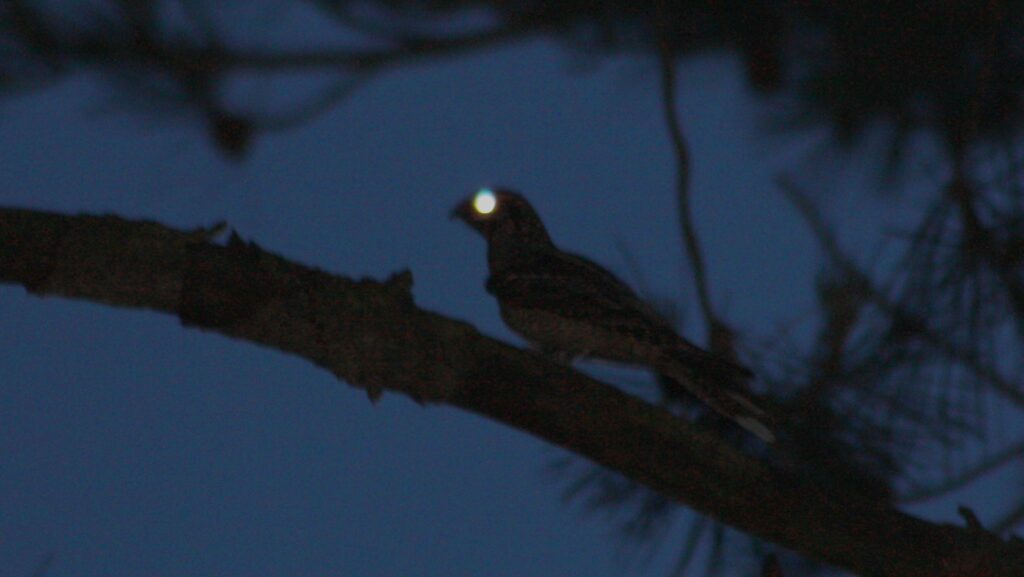
Emerging technologies and changing practices suggest nightjar observation will continue driving innovation in birdwatching methodologies and conservation approaches. Miniaturized GPS tags now being deployed on nightjars reveal previously unknown migration routes and stopover sites, information that will likely reshape protected area priorities across continents. Advanced bioacoustic analysis techniques are beginning to identify individual nightjars by their unique vocal signatures, potentially allowing non-invasive population monitoring without physical capture. Virtual and augmented reality applications are being developed to simulate nightjar encounters for education and training, allowing birdwatchers to practice identification skills before field experience. Perhaps most significantly, the community of nightjar enthusiasts continues to grow more diverse and inclusive, as the accessible nature of acoustic monitoring removes some traditional barriers to birdwatching participation, suggesting a future where these mysterious birds continue to bring new participants into wildlife appreciation and conservation.
Conclusion: The Nightjar Effect
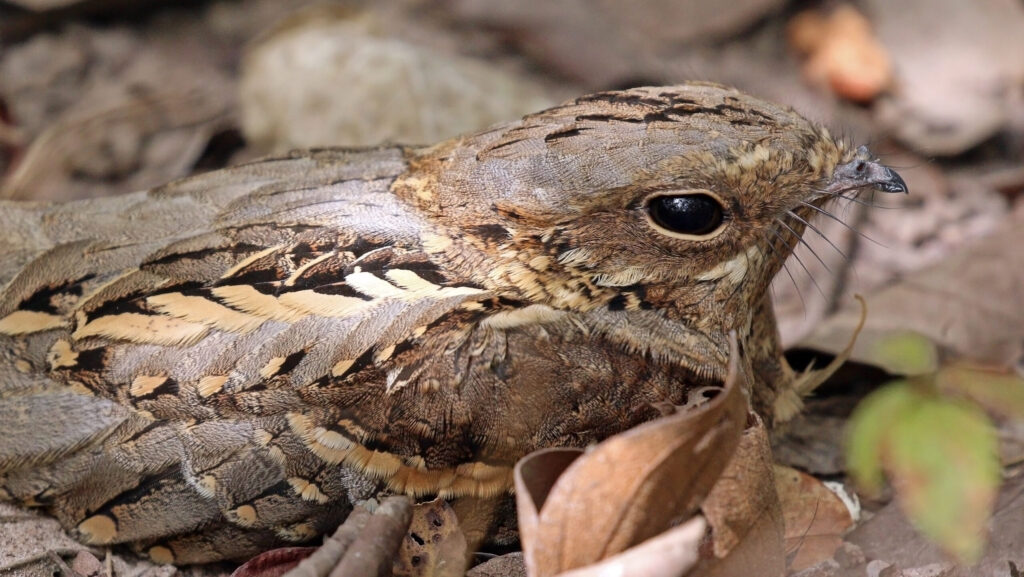
The revolution in birdwatching inspired by nightjars demonstrates how challenging species can catalyze positive transformations in how humans observe, study, and protect the natural world. These cryptic birds have pushed ornithology beyond visual observation into multisensory appreciation that encompasses sound, behavior, and ecology. They’ve accelerated technological innovation, democratized data collection through citizen science, and created new conservation priorities focused on protecting not just habitat but also natural darkness. As climate change and habitat loss continue threatening biodiversity worldwide, the lessons learned from nightjar research provide valuable models for studying and protecting other elusive species. Perhaps most importantly, nightjars remind us that nature holds mysteries still waiting to be discovered—even in well-studied groups like birds—and that the effort to understand these mysteries connects us more deeply to the living world. In transforming how we birdwatch, nightjars have transformed how we see our relationship with nature itself.
